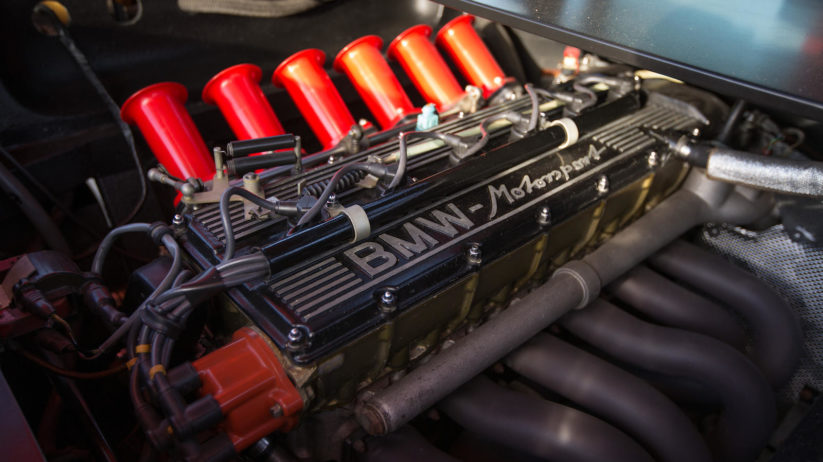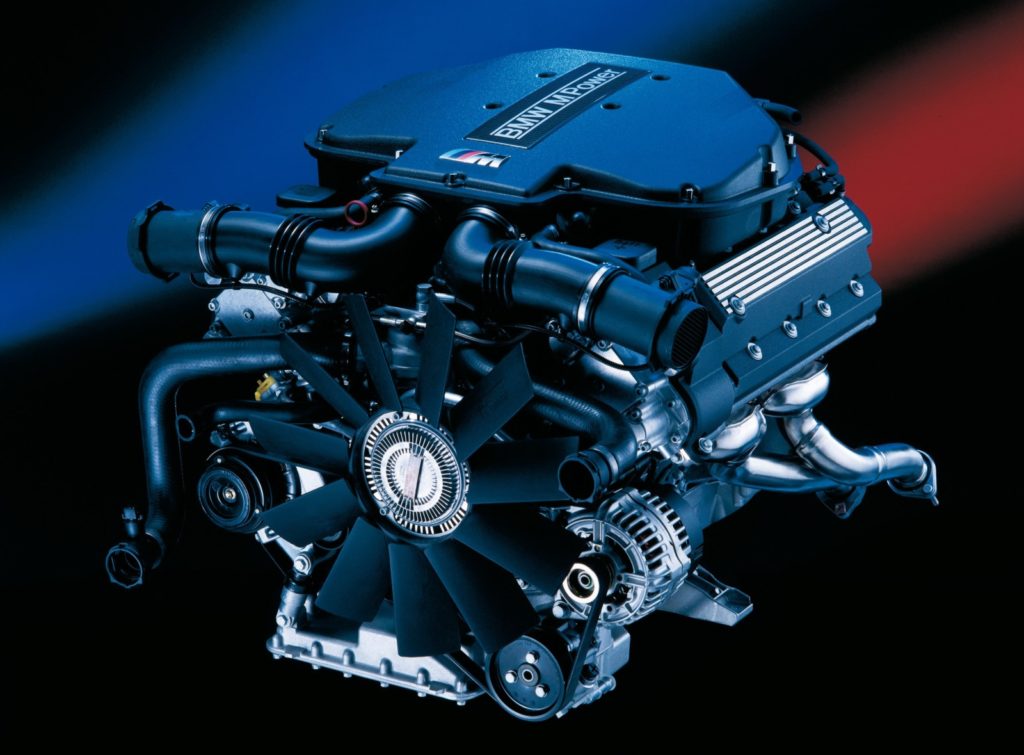Exploring the Development of Combustion Engines in Modern Transport Solutions
As we browse the landscape of modern-day transportation, the evolution of combustion engines stands as a testimony to human ingenuity and design prowess. From their simple beginnings to the innovative giants moving lorries today, combustion engines have actually gone through an exceptional journey of development and adaptation. Understanding the intricacies of this advancement not just loses light on the past however likewise paves the way for visualizing what exists in advance in the world of transport innovation. The interaction of history, innovation, and environmental worries in forming the trajectory of burning engines develops a narrative that is both engaging and informative.
Very Early Beginnings of Combustion Engines
Exactly how did the principle of burning engines first emerge in the very early stages of transportation advancement? The roots of burning engines can be mapped back to the 17th century when the concepts of inner burning were first discovered.
The breakthrough moment included the creation of the initial effective gasoline-powered engine by Karl Benz in 1885 - bmw engine. This engine led the means for the growth of the contemporary car, transforming transportation systems worldwide. Subsequent innovations by Nikolaus Otto and Gottlieb Daimler even more fine-tuned burning engine innovation, resulting in the mass manufacturing of autos and the rapid development of the transport market
These very early combustion engines were identified by their simplicity and efficiency, laying the foundation for the facility and powerful engines made use of in modern transportation systems. The development of combustion engines has actually been instrumental fit the way we travel and carry products, noting a significant landmark in the background of transport development.
Change to Internal Combustion Technology
The change to interior burning modern technology noted a pivotal change in the development of transportation systems. This shift began in the late 19th century, with developers like Nikolaus Otto and Gottlieb Daimler developing the first successful internal burning engines. These engines reinvented transportation by using a much more effective and effective option to heavy steam engines and electric motors.
One of the key advantages of inner combustion engines was their ability to be scaled down to match vehicles, leading to the development of motorbikes and autos. This shift from large, fixed engines to compact, mobile ones led the method for the contemporary transportation systems we see today.
The shift to inner burning modern technology also spurred innovations in gas modern technology, causing the advancement of gas and diesel as main gas sources for automobiles. This change not just made transportation much more easily accessible to the masses yet likewise laid the foundation for the oil and gas market to come to be integral to worldwide economic climates.
Effect of Combustion Engines on Transport
The fostering of combustion engines in transportation systems militarized a profound change in the effectiveness and rate of worldwide wheelchair. Combustion engines reinvented transportation by giving a flexible and trusted source of power for various lorries, consisting of automobiles, vehicles, airplanes, and ships. This development substantially improved the capability for goods and people to relocate over fars away in much shorter amount of time, bring about increased connectivity in between areas and countries.
In addition, the prevalent use burning engines has actually had a substantial influence on financial advancement. The capability to deliver goods effectively has actually stimulated profession and business, enabling businesses to expand their markets and reach customers worldwide. This has assisted in financial development and globalization, as products can currently be moved faster and in larger amounts than ever.
Nonetheless, the environmental effect of burning engines can not be neglected. The combustion of nonrenewable fuel sources has actually resulted in air pollution and greenhouse gas discharges, adding to climate adjustment and posturing wellness risks to populations. bmw engine. As a result, there is a growing focus on developing alternative propulsion innovations to mitigate these negative results and develop an extra sustainable future for transportation
Advancements in Combustion Engine Design
Many developments in combustion engine style have actually driven the evolution of transportation systems over the decades. One remarkable technology is the advancement of turbocharged engines, which make use of exhaust gases to drive a wind turbine that presses inbound air, permitting more gas to be charred, leading to increased power outcome without a significant increase in engine size. Additionally, direct injection modern technology has actually improved fuel performance and performance by specifically controlling the quantity and timing of gas infused into the burning chamber. Variable shutoff timing systems have actually also changed engine design by maximizing air movement at various engine rates, improving both power and efficiency. An additional considerable development is the combination of light-weight materials such as carbon fiber and aluminum alloys, lowering total engine weight and enhancing car gas economy. Furthermore, advancements in computer-aided style have actually allowed engineers to enhance engine efficiency and performance through simulations before physical models are developed, conserving time and resources in the growth process. These developments collectively add to the continuous enhancement of burning engines in modern-day transportation systems.
Future Patterns in Combustion Engine Advancement
With technology innovations driving continual innovation, the future of burning engine advancement is poised to change transport systems internationally. One of the essential fads in burning engine advancement is the press towards better performance and lowered discharges.
One more popular fad is the fostering of hybrid innovations in burning engines. Crossbreed engines combine typical burning innovation with electrical power, see this here using improved fuel performance and lower discharges. As the vehicle market changes in the direction of electrification, crossbreed burning engines are seen as a transitional option that bridges the space between traditional cars and fully electrical ones.
Moreover, the assimilation of wise innovations, such as synthetic knowledge and data analytics, is anticipated to play a significant duty in the future of combustion engine growth. These modern technologies can maximize engine efficiency in real-time, bring about more reliable burning processes and enhanced overall car efficiency. Accepting these future trends will certainly not only drive advancement in burning engine development yet also add to a much more ecologically friendly and sustainable transport ecosystem.

Verdict
In final thought, the advancement of burning engines in modern transport systems has been marked by substantial developments in technology and style. From the very early beginnings of combustion engines to the change to internal combustion innovation, these engines have had advice an extensive influence on transport. Innovations in burning engine design proceed to drive development in this area, with future patterns concentrating on additional enhancing effectiveness and reducing emissions. The future of combustion engines in transportation looks encouraging as research study and advancement initiatives continue to press limits.
The roots of burning engines can be traced back to the 17th century when the concepts of interior combustion were first explored. These engines changed transport by using a more effective and effective choice to vapor engines and electric motors.
